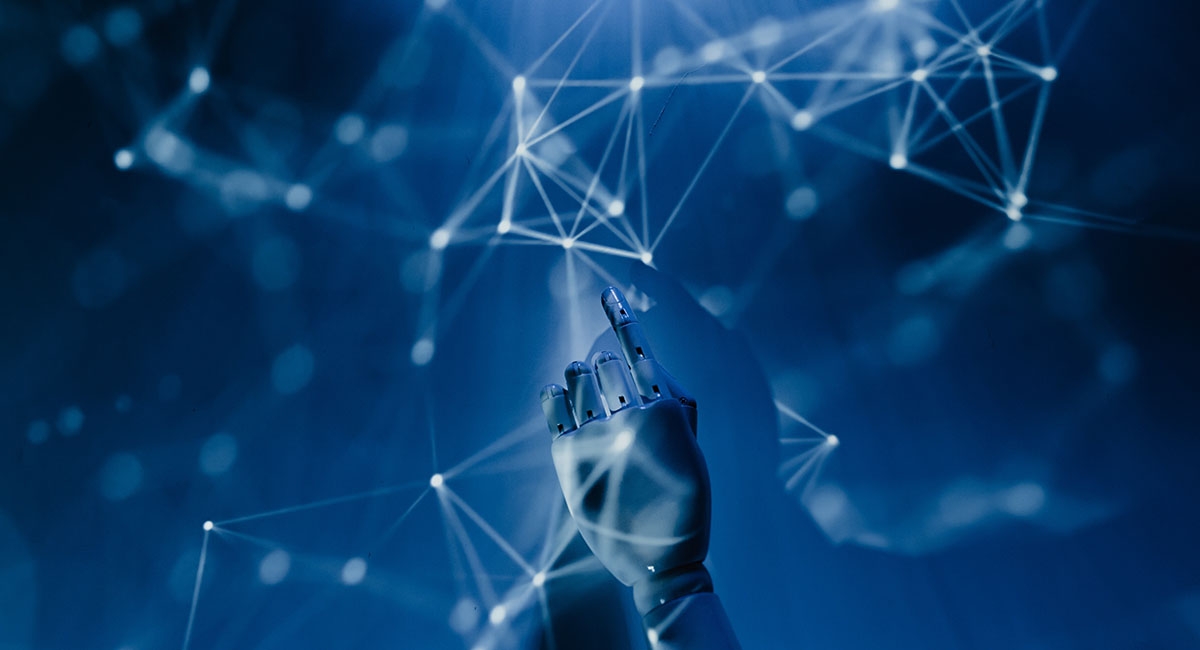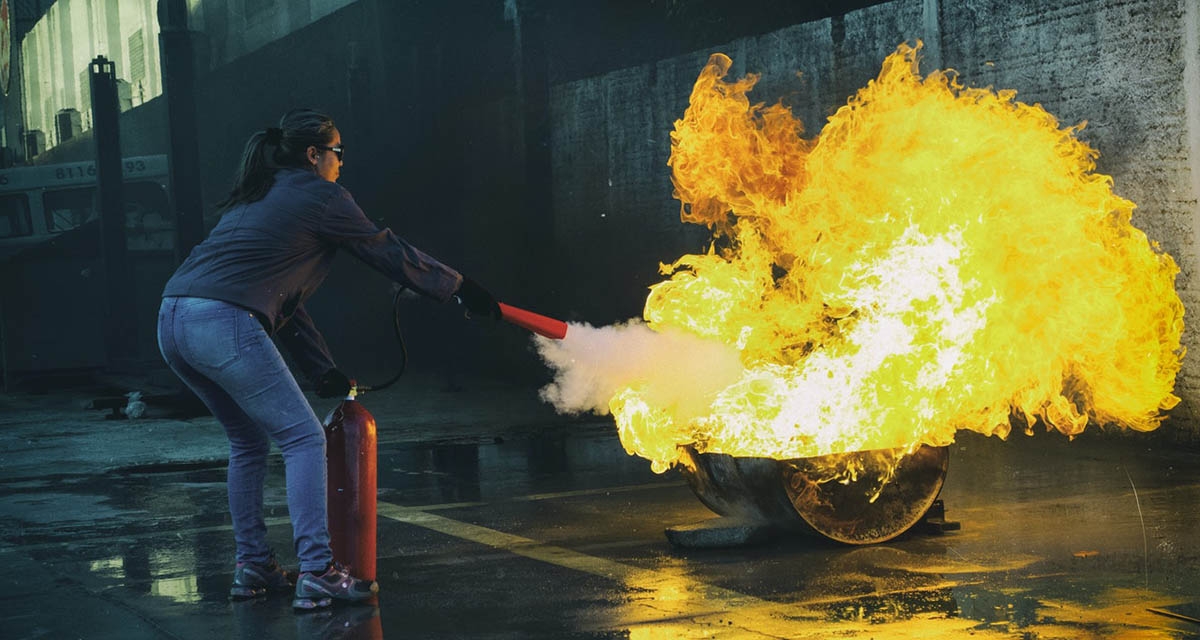
Nothing more human than artificial intelligence
by Elissa Smart
Every time we read news about everything that computers do, which is more human than machine-like, we overcome a particular concern. Like the one triggered by old movies like Metropolis (1927), a robot caused a union uproar. Advances in artificial intelligence sound like science fiction.
This technology is now almost an old concept. Man's concern to make machines do things for and by humans goes back to antiquity. It so happens that the available means have been evolving and, from the appearance of the first computer in 1936 to the present day, everything is moving faster and faster. The future will use digital more and more. Many services will be provided by artificial intelligence. For example, the paper writing service will use this technology. Artificial intelligence will help writers to structure and fill out their academic work.
The Birth of Artificial Intelligence
The most orthodox definition of artificial intelligence refers to a branch of science that encompasses a set of computational technologies inspired by how we humans use our nervous system and our bodies to sense, learn, reason, and act. The simplest definition sums it up as a machine working in a way that appears intelligent.
The term was coined in 1956 at a conference held at Dartmouth College in Hanover, New Hampshire. From that moment on, a first boom occurred between the sixties and seventies due to the development of programming languages. To this period belong programs such as ELIZA, an iterative program that interacted in English with a person, a sort of precursor of today's chatbots.
The eighties can be defined as a time of relative hibernation. It will be in the nineties when it resurfaces thanks to IBM's Deep Blue, the first computer to beat that legendary chess player Garry Kasparov.
Faster and Cheaper Computers
But what has changed? Why is there no end to the news about computers capable of composing like Bach, Chopin, Beethoven, or writing in the style of renowned novelists? The speed and competence of computers have multiplied.
Today's computer can process a lot of information very quickly. And if you have something with an infinite capacity for analysis, encoding, and decoding data, you can learn quickly. It makes it possible to simulate human behavior.
In addition, programming, or giving instructions to machines, has also become more sophisticated. Today, guidelines are provided instead of detailed instructions, which opens up the range of solutions even more.
It is like what many of us have wanted to learn a language. We go to bed with a recording that tells us the words, their meaning, the grammatical rules and gives us thousands of examples of conversations. With its infinite capacity to remember everything and process it in the eight hours of sleep, our brain makes us speak like any native speaker the next day.
The lowering of costs to produce computers with such capabilities allows us to be surrounded by artificial intelligence without realizing it. Alexa, the robot vacuum cleaner, fingerprint or face recognition by cell phone, the chat that appears on any website if any question is asked, and Amazon's shopping recommendations are just a few examples.
How Machines are Taught
The computing techniques used to reproduce human intelligence are different depending on the purpose. But the basic principles, much simplified, are vast volumes of information and programming patterns.
When we hear about teaching computers or learning, we mean that we transmit more information to them and add patterns. In addition, as a result of the execution of these analyses in the computer, more information is accumulated, which serves as a basis for increasing the amount of data available. For instance, voice synthesizers use more than hundred hours of base voice data accumulated over a period to create a synthetic ai voice.
All this causes the machines to surprise us a lot, but they cannot do anything the programmer has not given them. The guidelines open up a range of possibilities and options that are often difficult to predict with today's programming languages. Still, there they are, in the base that the programmer has given them.
An Artist and Scientific Artificial Intelligence
Why are we so surprised when we talk about computers reproducing creative behaviors and not scientific behaviors? Do we believe that creativity is only inspiration?
Any self-respecting artist will admit that it requires endless hours and hours of work, repetition, learning techniques, seeing things from the past, and indeed capturing their experience.
All of the above constitutes slogans to save thousands of images, texts, or whatever corresponds to the artistic branch and comparative analysis. Thus, there is the possibility of reproducing or generating a different product according to the artist's style, that is, what artists do and gives them their particular style.
Does this mean that the end of writers, musicians, or painters has come? From our point of view, it is not so. It may vary, just as in the field of science, the role or function of the creative process and the use of what is produced by a computer as a tool of inspiration.
It would be the same as in the case of a doctor who receives a pre-diagnosis from a computer-based on hundreds of data. It will help him improve the diagnosis, but the specialist has the last word according to the context, the circumstances, and the specific patient.
Artificial intelligence will continue to advance and enrich the artistic creations generated by a computer. Perhaps one day, a machine will compose an album, and at the concert, depending on the level of applause received for each song, it will learn whether a composition pattern is more or less successful and improve its next album. Maybe it will allow that the next record will be positioned at two or three instead of a song at number one. But the computer will never be an inventor, an entrepreneur, break the mold, or become a genius.
Surprising as it may be, artificial intelligence is still a human invention.
Bio: Elissa Smart is an omnipotent demiurge behind PaperHelp’s blog. Driven by seething creativity, not only she helps students with particular research and writing requests, but also finds the energy to share her extensive expertise via blog posts.









